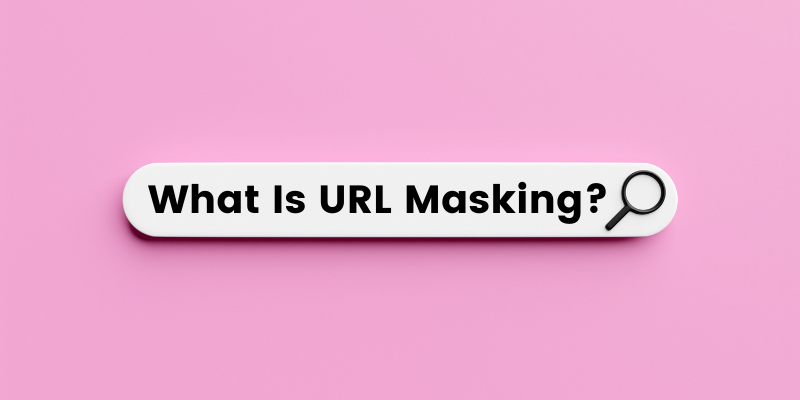
Table of Contents
URL masking, also known as URL cloaking or URL forwarding with masking, is a technique used to display one URL in the browser’s address bar while actually serving the content from a different URL. This can be useful for a variety of reasons, such as maintaining branding consistency or creating a more user-friendly URL structure. Here’s a detailed look at URL masking, including how it works, its benefits, and how to implement it.
How URL Masking Works
URL masking typically involves using HTML frames or server-side configurations to achieve the desired effect. The basic idea is to keep the original URL visible in the browser’s address bar while loading the content from a different URL.
- HTML Frames: This method involves creating an HTML page that uses a
<frame>or<iframe>to load the content from the actual URL. The address bar shows the URL of the HTML page containing the frame, not the URL of the content being displayed. - Server-Side Configurations: More advanced methods involve configuring the web server to perform URL rewriting and masking. This can be done using server configuration files like
.htaccessfor Apache servers, or server-side scripting.
Benefits of URL Masking
- Branding: It allows businesses to maintain a consistent domain name in the address bar, which helps with branding and can make the website appear more professional.
- User Experience: It can create a cleaner, more user-friendly URL structure, making it easier for users to remember and type.
- Affiliate Links: URL masking is often used to cloak affiliate links, making them look cleaner and less obvious.
- Redirection: It can be used to redirect traffic from multiple domains to a single website while keeping the original domain in the address bar.
Implementation of URL Masking
Using HTML Frames
- Create an HTML file (e.g.,
index.html). - Add the following code to
index.html:htmlCopy code<!DOCTYPE html> <html lang="en"> <head> <meta charset="UTF-8"> <meta name="viewport" content="width=device-width, initial-scale=1.0"> <title>Masked URL</title> </head> <body> <iframe src="http://www.actual-url.com" frameborder="0" style="width:100%; height:100vh;"></iframe> </body> </html> - Upload this file to the server where you want the masked URL to appear.
Using .htaccess (Apache)
To implement URL masking using .htaccess, follow these steps:
- Create or edit the
.htaccessfile in the root directory of your web server. - Add the following code to the
.htaccessfile:apacheCopy codeRewriteEngine On RewriteRule ^masked-url/?$ http://www.actual-url.com [P,L]This example redirectshttp://www.yourdomain.com/masked-urltohttp://www.actual-url.comwhile keeping the original URL in the address bar.
Considerations
- SEO Impact: URL masking can have implications for SEO. Search engines might not index masked URLs as effectively as direct URLs. It’s important to use masking judiciously and understand the potential impact on search engine rankings.
- User Trust: Masking URLs can sometimes confuse users or make them wary, especially if they notice that the URL in the address bar doesn’t match the content’s origin. Transparency is often preferred for building trust with users.
- Technical Limitations: Not all web applications or content work well within frames or iframes, especially those that rely heavily on JavaScript or have strict content security policies (CSP).
Summary
URL masking can be a useful tool for maintaining brand consistency, improving user experience, and managing affiliate links. However, it should be used with consideration of its potential impact on SEO and user trust. By understanding both the benefits and limitations, you can effectively implement URL masking in a way that serves your website’s goals.